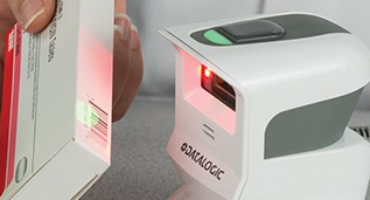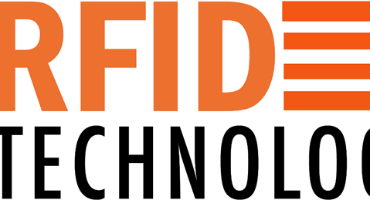What is counterfeit medication?
A falsified fraudulent counterfeit medicines is a product that is deceiving regarding its origin, authenticity and more importantly effectiveness. “A counterfeit drug may contain inappropriate quantities of active ingredients or none at all, may be improperly processed within the body, may contain ingredients that are not on the label or may be supplied with inaccurate or fake packaging and labelling.” Fake birth control pills, cough syrup for children that contain a powerful opioid, antimalarial pills that are actually just made of potato and corn-starch; these are just a few examples of counterfeit medication, according to the World Health Organization.
The numbers speak for themselves
The statistics on counterfeit medicines shows the magnitude of this various problem:
- 10% of the world’s medicines are fraudulent counterfeit
- 50% of the medicines purchased over the internet from illegal sites have found to be counterfeit
- 5 million counterfeit medicines retained by European Customs Authorities
Statistics show that the number of pharmaceutical falsified fraudulent counterfeit medicines has increased dramatically over the past years. Specifically, in 2002 there were 196 incidents reported by Pharmaceutical Security Institute, whereas in 2017 there were more than 3500 incidents.
Why FMD Falsified Medicines Directive is in place now with a deadline of February 2019 in the EU
The EU Falsified Medicine EU Directive is a system in place since 2011 to detect falsified fraudulent counterfeit medicines. The FMD requires all medicines to be uniquely serialised, protected by tamper-proof seals and their authenticity verified before being dispensed to patients at the point of sale. This can be achieved through scanning a 2D datamatrix barcode on the pack of medicine and a check being completed against a database, identified in the legislation as a Repository System.
2D Barcode scanners for a safer healthcare system
Since the FDM has been in place, over 6,000 pharmaceutical manufacturers must serialize and make tamper proof roughly 10 billion packs of prescription medicines that are dispensed every year across Europe. On top of this, more than 175,000 retail pharmacies and thousands of other dispensing points in all 28-member states must have a system to verify the authenticity of medicines.
Wholesalers must also have a system in place to check medicines on a risk-based approach. This system can simply be a 2D barcode scanner, which verifies each individual pack. This way manufacturers know that their products are going to the right people and can be distributed with confidence. Pharmacists benefit from their patient’s added trust, which comes with the extra level of oversight. Patients themselves, of course, are safer overall.



